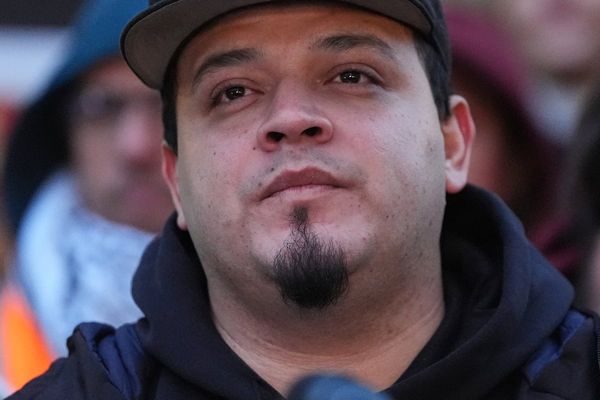America's worker shortage has puzzled employers, consumers and economists since the pandemic began to ease. When Axios asked U.S. Labor Secretary Marty Walsh last fall, he admitted to being stumped.
Driving the news: Fed chair Jay Powell yesterday provided some answers, in a speech that garnered bigger headlines for signaling that the pace of interest rate hikes will slow.
By the numbers: Powell says that there are around 3.5 million fewer U.S. workers than forecast.
- He argued that most of that gap, or around 2 million people, was caused by "excess retirements." In other words, more people called it quits over the past couple of years than normally would have aged out.
- Factors for these early enders include health concerns (including increased COVID risks for older workers), costs related to finding jobs and increased financial flexibility due to housing and stock market gains.
The other major driver, according to Powell, is slower working-age population growth. Specifically, a significant decrease in net immigration and a "surge in deaths during the pandemic."
The bottom line: Understanding where the workers went doesn't necessarily help get them back.
- As Powell points out, the Fed's role is to help manage labor demand, not supply. And there's no indication that the excess retirements are abating, in part due to demographic trends.
- Congress could possibly help on the population growth issue, via comprehensive immigration reform, although that's been true for decades.







